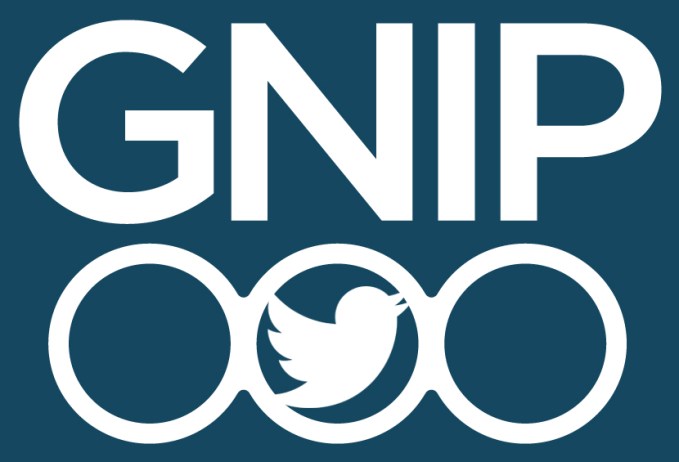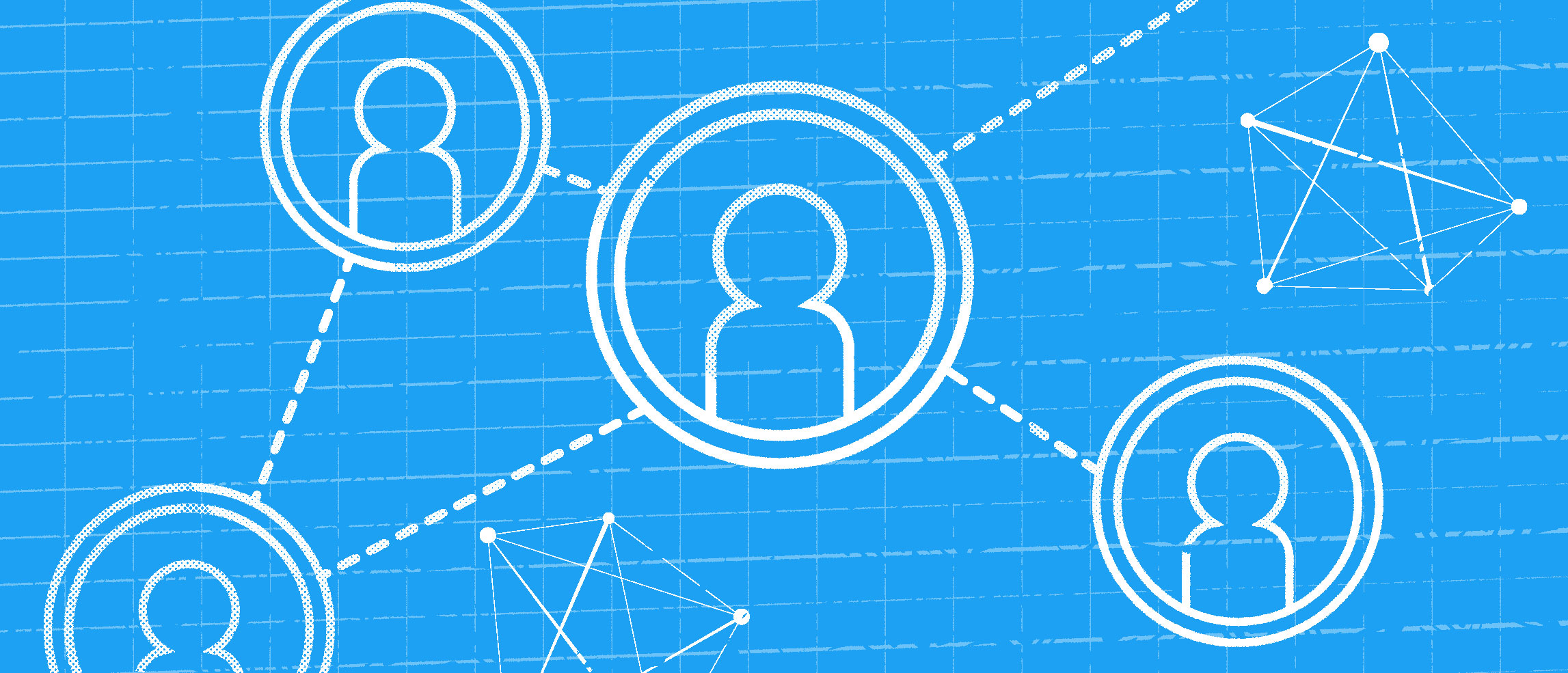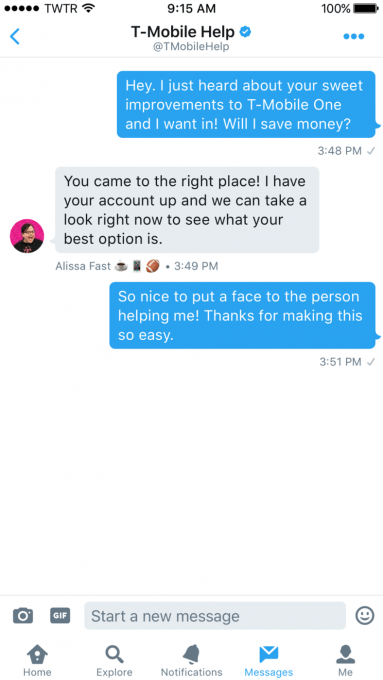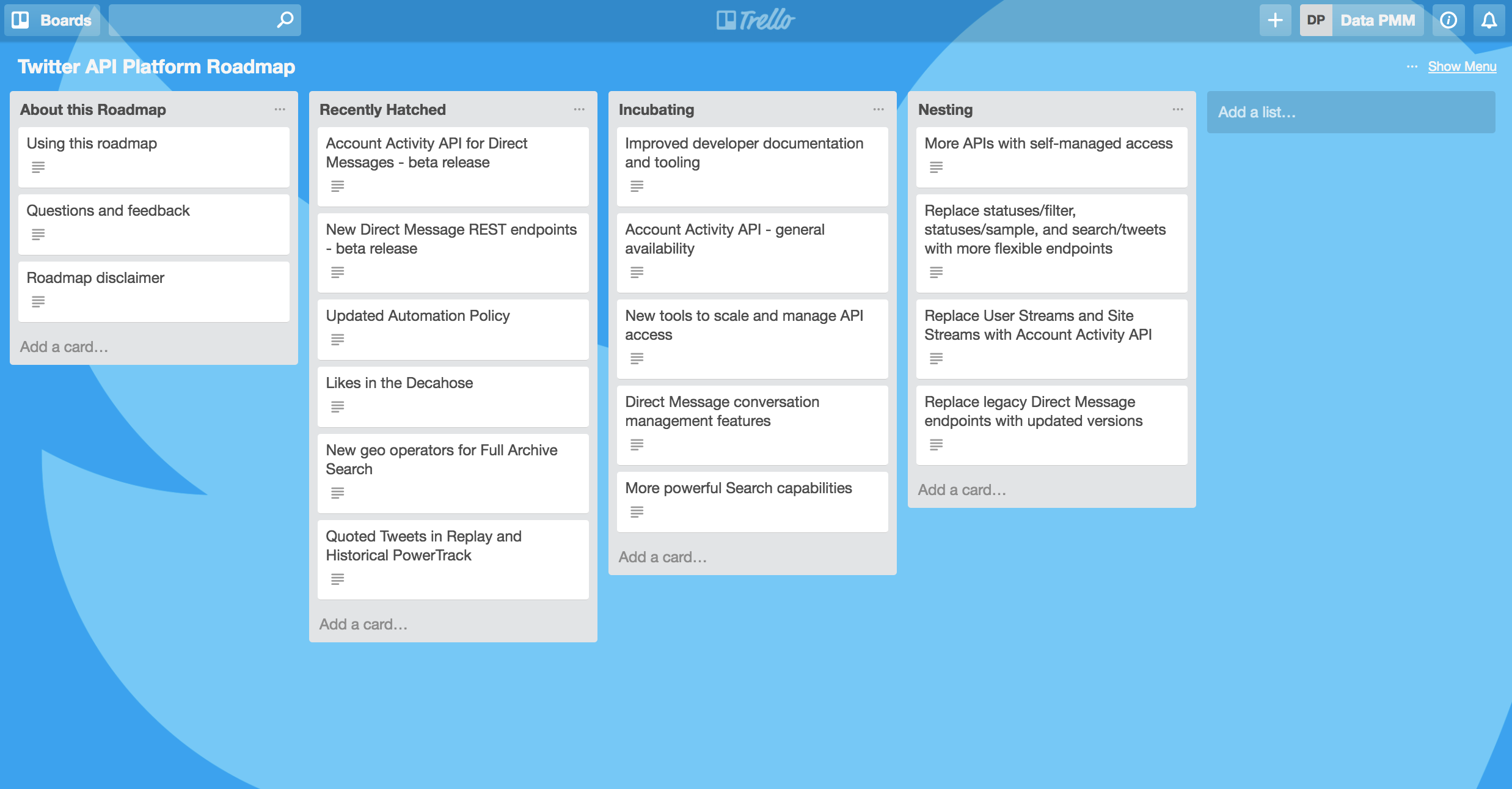Twitter historically has had a rocky relationship with its developer community.
It once encouraged third-party apps, then later restricting them; hosting developer conferences, then killing them; debuting a suite of developer tools, then selling them; and despite issuing a mea culpa, the company failed to regain the trust of many.Today, Twitter is trying to reset developer relations yet again with the unveiling of its vision for the Twitter API platform and, for the first time, publishing its public roadmap of what it has planned.
The apparent goal here is to be more transparent about what Twitter has in store for developers, which includes a unification of its API platform along with the launching of new APIs and endpoints for developers.
Streamlining the API platform
To begin, Twitter is finally taking fully advantage of its investment in Gnip.
Gnip, a longtime Twitter partner and social data provider, was acquired by Twitter back in 2014. The goal was to build out Twitter’s in-house big data analytics team and establish direct data relationships with the big businesses who build on top of Twitter’s data and platform.
The acquisition, however, divided the developer base into different classes. Most developers continue to utilize the standard REST and real-time streaming APIs that have been around since 2006. Meanwhile, larger software companies could take advantage of Gnip’s enterprise-grade APIs to do more with Twitter data.

Gnip’s APIs let developers tap into the “Firehose” (the unfiltered, full stream of tweets and all their metadata), and offer more functionality than the REST and streaming APIs. But they’re also priced for an enterprise audience. That kept developers who were only beginning to scale from being able to afford access.
Twitter says it heard developers complaints about this, and will address the problem later this year by combining its REST and streaming APIs with Gnip. The goal is to create an integrated Twitter API platform that all developers – from indie app makers to large enterprise – can use.
The APIs will be streamlined, so developers won’t have to deal with different access points and delivery protocols as they scale, explains Twitter.
“This means one API for filtering data from the Firehose; one API for searching the Twitter archive; one API for getting realtime activities related to an account — including Tweets, Direct Messages, Likes & Follows,” writes Andy Piper, Staff Developer Advocate, in a blog post.

Tiered access and new APIs for data and DMs
In addition to this simplification, Twitter will later this year introduce new tiers of access, including free access for testing new ideas, self-serve, paid access for increased functionality as the developer begins scaling, and finally enterprise access for Twitter’s strategic partners.
Twitter says it will be clear about the features and costs available at each level, as well, but did not announce pricing. (It will later this year, we’re told).
Twitter will also introduce new APIs aimed at developers building business solutions – specifically those that could cater to areas of Twitter’s own business it wants to further invest in: customer service, bots, and brand engagements.
This includes the launch of APIs for developers building solutions on top of Twitter’s data – like those that help businesses understand which products to build and how to market them, as well as better understand their customers and what they think.
Along with this, Twitter is today adding a new Account Activity API and new endpoints, detailed here.
These are focused on opening up Twitter’s Direct Messages to allow developers to build things like customer service apps, chatbots or other tools for businesses that want to chat with customers. They include support for newer Twitter features like welcome messages in Direct Messages and automated Quick Replies.

Twitter is also showing off a couple of features still in private beta in the hopes of developer feedback – custom profiles that businesses can use to override their default avatar so customers can see a photo of the human agent or bot they’re chatting with on DM, and “Customer Feedback Cards” for businesses to collect feedback on the customer service experience they offered.
Twitter additionally detailed its plans for a new Search API that offers free access to a 7-day “lookback window” offering more sophisticated query capabilities and higher fidelity data retrieval that what’s available today.
New roadmap and rules
Finally, Twitter updated its automation rules to guide chatbot developers; announced plans to replace User Streams and Site Streams with the new Account Activity API; and announced a plan to replace several endpoints (public statuses/filter, statuses/sample, and search/tweets) with a streamlined API that provides increased access when rate limits are reached.

Most importantly, perhaps, Twitter for the first time has published its API platform roadmap through early 2018. This details what is in the works, when things are planned, and what’s in store for the future.
The investment Twitter is making here – streamlining and unifying its API platform to allow developers to scale – is significant. But the company’s troubled past with developers could still haunt it, despite these changes.
Twitter has before shafted its own partners and pulled out the rug from under developers’ feet, to reflect the company’s own, ever-changing interests as it tries to figure out where it can extract revenue from its platform. Offering its roadmap and increased transparency may help to soothe some concerns, but with Twitter’s own future continually uncertain, it’s not clear how many developers will take up the charge.
